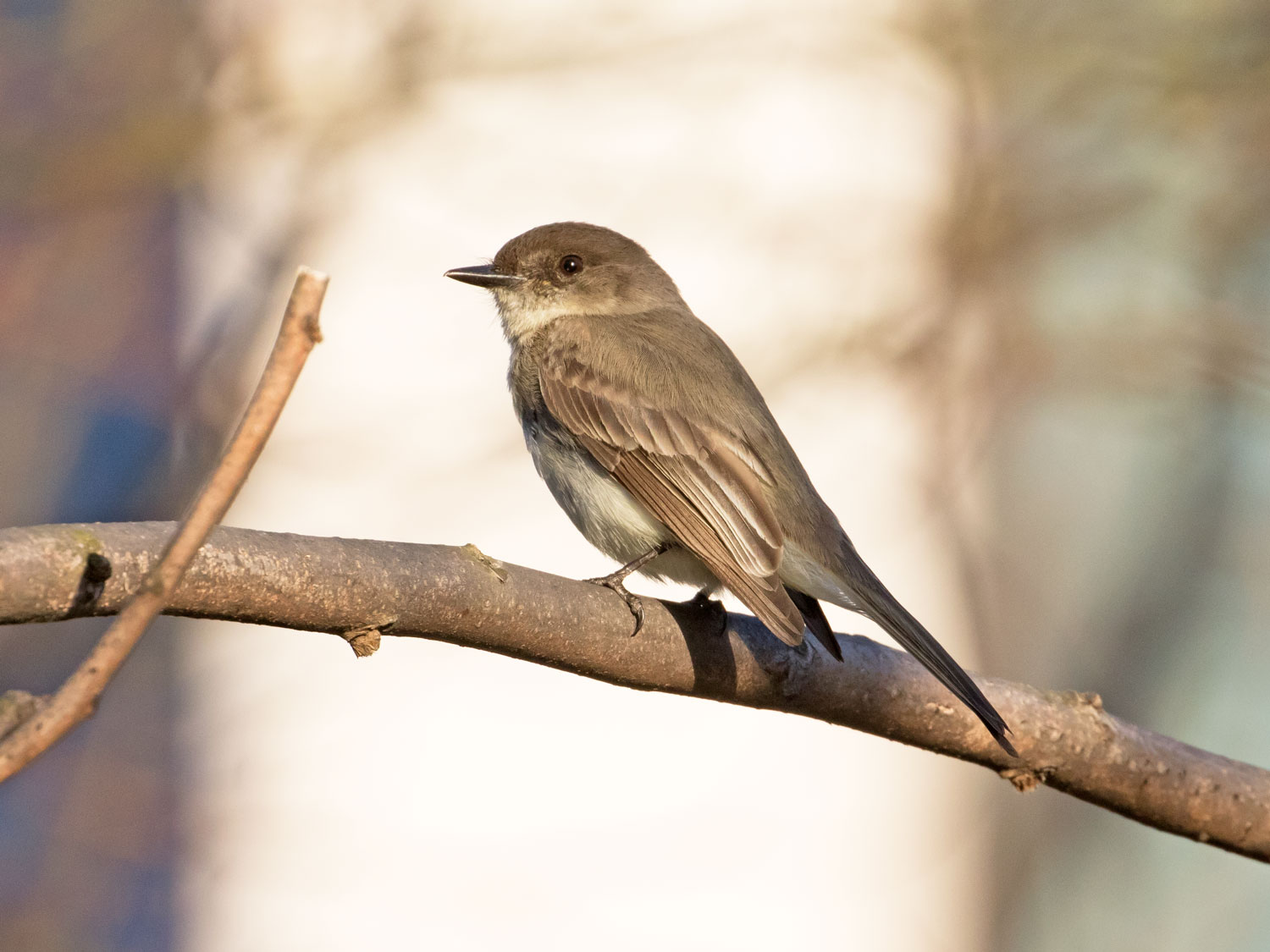Brooklyn Bird Watch: October 15
Eastern Phoebe. Scientific Name: Sayornis phoebe

Today Brooklyn Bird Watch features a Heather Wolf photo of the Eastern Phoebe. The Eastern Phoebe is considered a “flycatcher” and although bird watchers do not admire its “drab” plumage, there are many things about this small bird that makes it very popular among bird aficionados.
For example, it has a special place in bird history because in 1803 the famous ornithologist and painter John James Audubon used the Eastern Phoebe to conduct the first “bird-banding” experiment in America. Audubon “attached a silver thread to the legs of Eastern Phoebe nestlings before they migrated. The next spring, he recaptured two of the marked phoebes, which had returned to his property. From that time until today, ornithologists have employed bird banding to track birds’ migratory movements and to ensure accurate counts of their populations.”
Probably less important to bird history than to Audubon himself; he was known to be particularly fond of this bird because many of them nested near his home in Mill Grove, Pennsylvania, where Audubon courted his neighbor and future wife Lucy Bakewell.

Brooklyn Boro
View MoreNew York City’s most populous borough, Brooklyn, is home to nearly 2.6 million residents. If Brooklyn were an independent city it would be the fourth largest city in the United States. While Brooklyn has become the epitome of ‘cool and hip’ in recent years, for those that were born here, raised families here and improved communities over the years, Brooklyn has never been ‘uncool’.